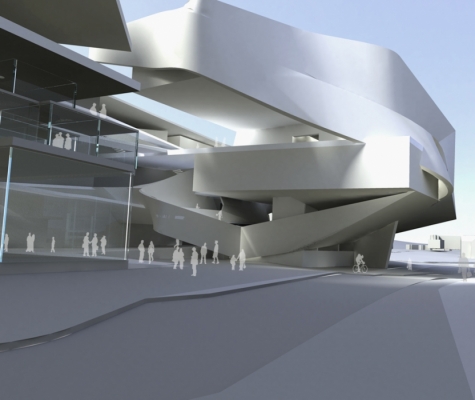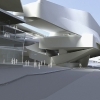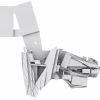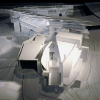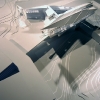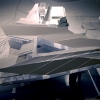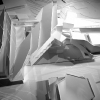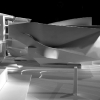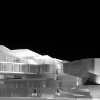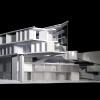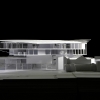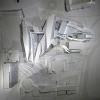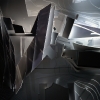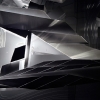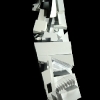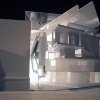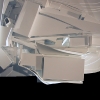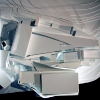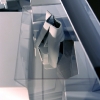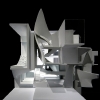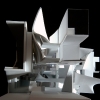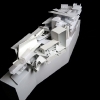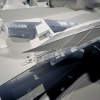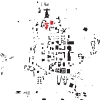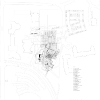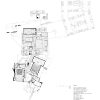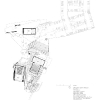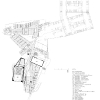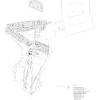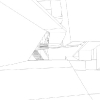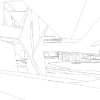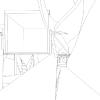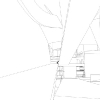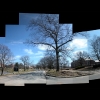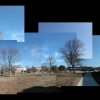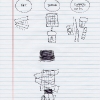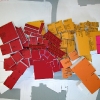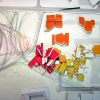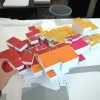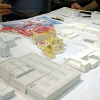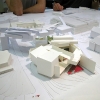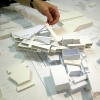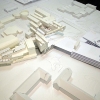University of Connecticut at Storrs – Fine Arts Center Invited Competition
Project Description
The design springs from a strategy of differentiated interior experiences that address the functional imperatives and defining aspects of art, drama and music. The exterior forms express an individual reading of each of the distinctive program elements leaving open the question of an iconic building expressed in one language or notation.
In the dramatic arts, the rigor of timing and of close collaboration is all important in the magic-making of theatre. The plans and sections at Drama reflect these interdependencies and relationships in both the vertical and the horizontal dimension. Unlike a professional theatre, the academic theatre privileges the student; exposing, teaching, cross-pollinating and nurturing. Back of stage is the primary classroom, and the work in progress is as important as the resulting performance. Transparent and translucent partitions reveal and tease-out functions normally closeted away. Layers of activity, puppets, props, paint, scenery, tools and gear collapse into a colorful active collage of theatre-making. The theatre of theatre.
Oppositely, the art student often works independently at his or her own pace, scale, medium and inclination. Individual studios mark the plans of the visual arts areas, forming communities of like-interested art students and faculty. Passings in the corridors, on the stairs and through the critique spaces are opportunity for instruction and sharing. Plans and sections orient to capture light.
The music and performance areas, the shoe box of the concert hall and the tiered main stage theatre are draped in a flowing architectural cape. Procession to and from the performance spaces on extended inclined planes enhances the moments of separation from reality into the fanciful and mystical world of performance. Close by, the art galleries give voice to the visual arts and adjacent academic and administration spaces assure a varied interplay of students, faculty, staff and visitors.
While the geometries of the three program elements distinguish the plan, there is a fourth element that is something like breathing room—the space between a period of work, a pregnant pause in drama or music, the knuckle around which, and through which, everyone moves. The breathing space grapples with the geometries of the program elements.
At the urban scale the scheme takes advantage of the rolling bucolic swath of green along Storrs Road and the openness offered by Mirror Lake to present an expanded presence of the arts at the University of Connecticut and to re-emphasize Mansfield Road as a symbolic entrance to the campus. The landscape strategy reinforces the relationship of the proposed town green to the fine arts complex.
